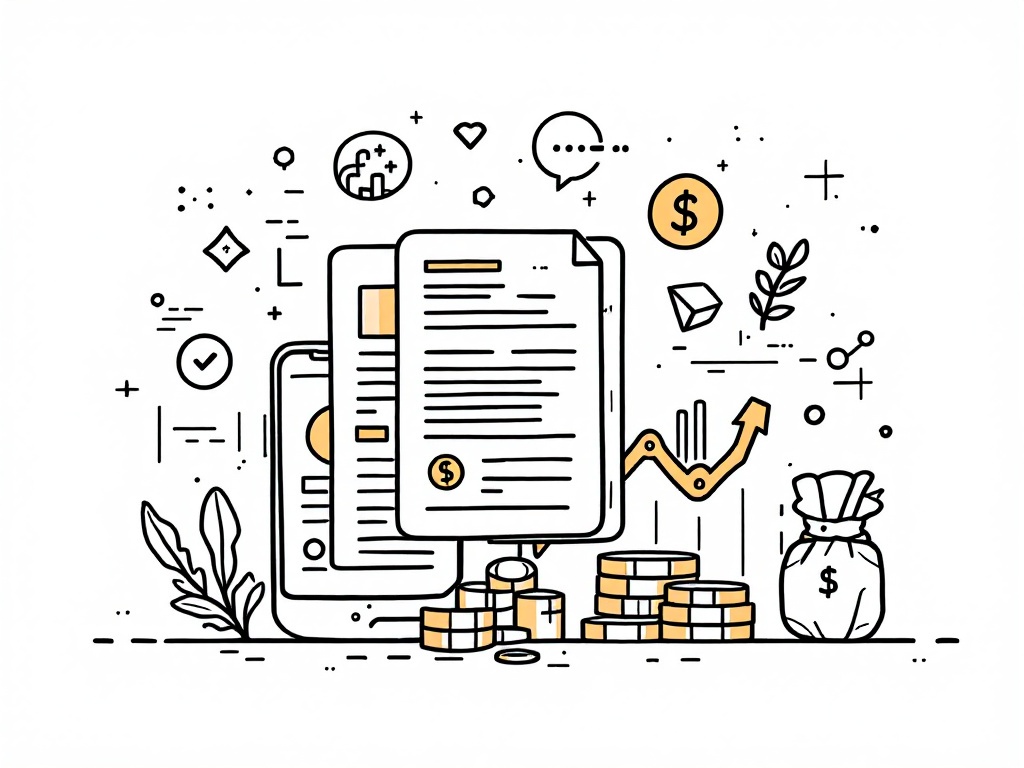New York Fed Sheds Light on Rising U.S. Household Debt

New York, Tuesday, 13 May 2025.
The New York Federal Reserve’s latest report reveals increased U.S. household debt, highlighting key areas such as mortgages and credit cards, which could impact financial stability.
Current Landscape of Household Debt
As of May 2025, U.S. household debt has continued to rise, now impacting a significant portion of the economic dynamics across the nation. This upward trend is predominantly driven by increasing costs associated with mortgages and credit card balances. The New York Federal Reserve’s report uses data from the New York Fed Consumer Credit Panel, which is a sample of Equifax credit report data, to analyze these trends in detail [1][2]. The report underscores an all-time high in U.S. household debt, previously documented at $17 trillion as of early 2025 [7].
Impact on Economic Stability
The continuous growth in household debt poses challenges to economic stability. Policymakers, as advised by the Federal Reserve, need to address these debt challenges swiftly to maintain economic health [7]. Rising debt inevitably increases financial stress among households, affecting spending and savings patterns, which are critical components of economic growth [7]. Notably, consumers are more likely to take on additional debts shortly after settling existing obligations, as highlighted by mortgage-related behaviors [6].
Credit Conditions and Consumer Behavior
Analyzing the types of debt that contribute to these figures, credit cards and mortgages are prominent. The Federal Reserve’s report reveals that these areas have seen noticeable growth, indicating a shift in consumer borrowing and spending habits [2][3]. With mortgage rates recently climbing to two-week highs, consumers are likely to experience increased financial strain [5]. The associated risks from such debt levels call for improved monitoring of credit scores and lending practices to safeguard consumer interests [7].
Future Considerations and Policy Directions
Looking ahead, it is crucial for financial institutions and policymakers to strategize around providing relief measures that support household financial stability. The Federal Reserve stresses the importance of implementing policies that alleviate household financial burdens, particularly in light of heightened economic uncertainty due to ongoing geopolitical tensions and fluctuating market conditions [7]. The evolving debt landscape demands targeted interventions to mitigate risk and support sustained economic recovery and growth [3][5].
Sources
- www.newyorkfed.org
- www.linkedin.com
- www.instagram.com
- www.linkedin.com
- www.calculatedriskblog.com
- www.americanbanker.com
- bankingjournal.aba.com